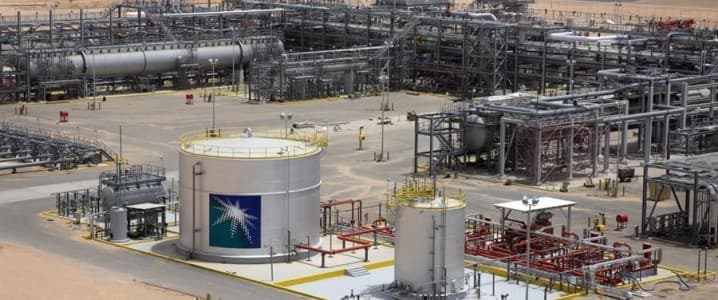Saudi Arabia has cut the price of the crude it will sell to Asia in January to a 10-month low versus the regional benchmarks which have weakened in recent weeks amid signs of lackluster demand in the world’s most important oil-importing market.

Saudi Aramco, the state-owned oil giant, cut on Monday the price of its flagship Arab Light crude for sale in January in Asia by $2.20 per barrel, to a premium of $3.25 a barrel to the regional Oman/Dubai benchmark, off which Middle Eastern term supply to Asia is priced.
The cut, to the lowest premium over Oman/Dubai in 10 months, was largely in line with a Reuters survey of refiners and traders in Asia from last week.
The Saudi oil giant also cut by $1.80 per barrel the price of Arab Light to northwest Europe, which will be selling in January at a $0.10 discount to ICE Brent. The price to the U.S. remained unchanged.
The Saudi cut to prices signals uneasiness about the prospects of oil demand in the key importing region, Asia. Moreover, recent market structures of the key benchmarks have flashed signs of weak demand and sufficient supply, despite the EU embargo on imports of Russian crude oil, which came into effect on Monday.
Saudi Aramco, which releases official selling prices (OSPs) for the following month around the fifth of each month, also typically releases the prices after the monthly OPEC+ meeting.
At the OPEC+ meeting on Sunday, the alliance decided not to change the production quotas for its members.
OPEC+ had agreed in October to cut the collective oil production target by 2 million barrels per day (bpd) beginning in November. The actual cut would be around 1 million bpd, of which Saudi Arabia, which has been trying to produce to quota, will reduce 526,000 bpd of output as of November and will have a target of 10.478 million bpd until OPEC+ decides otherwise.
